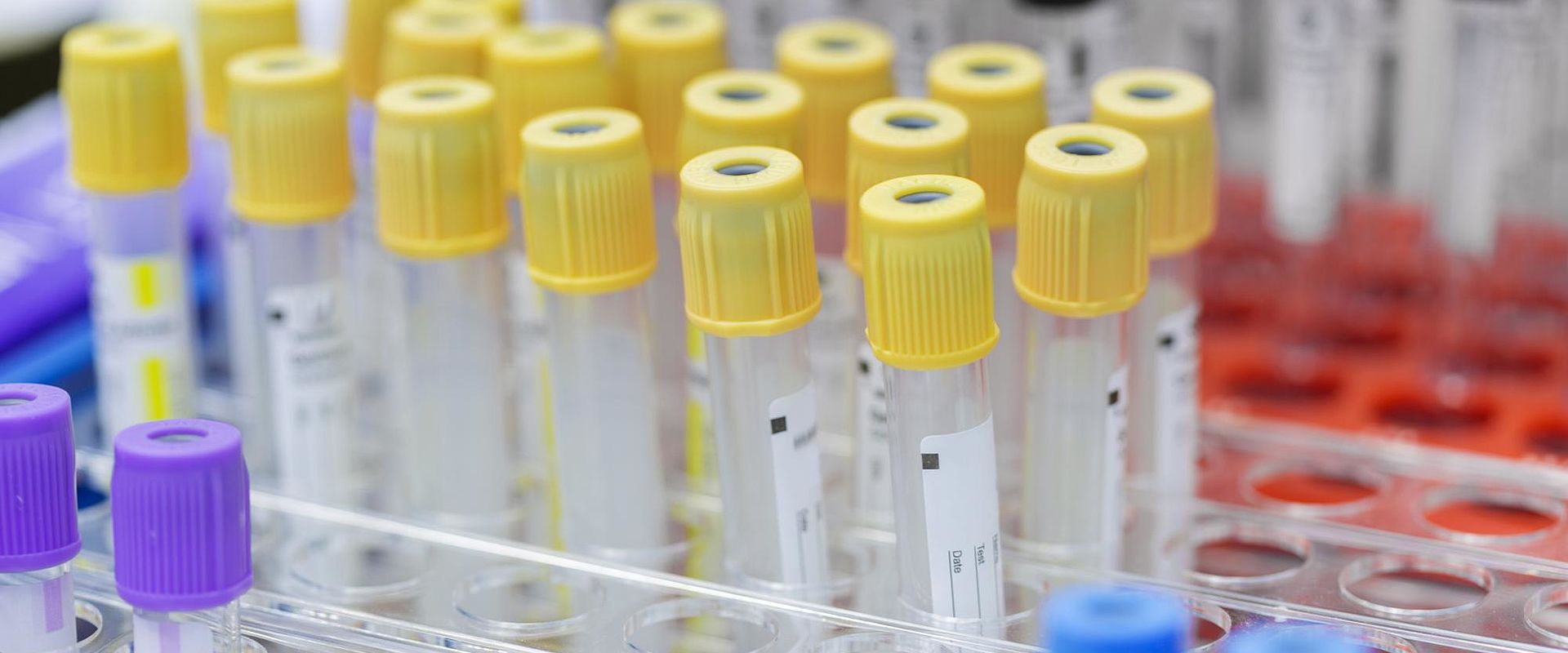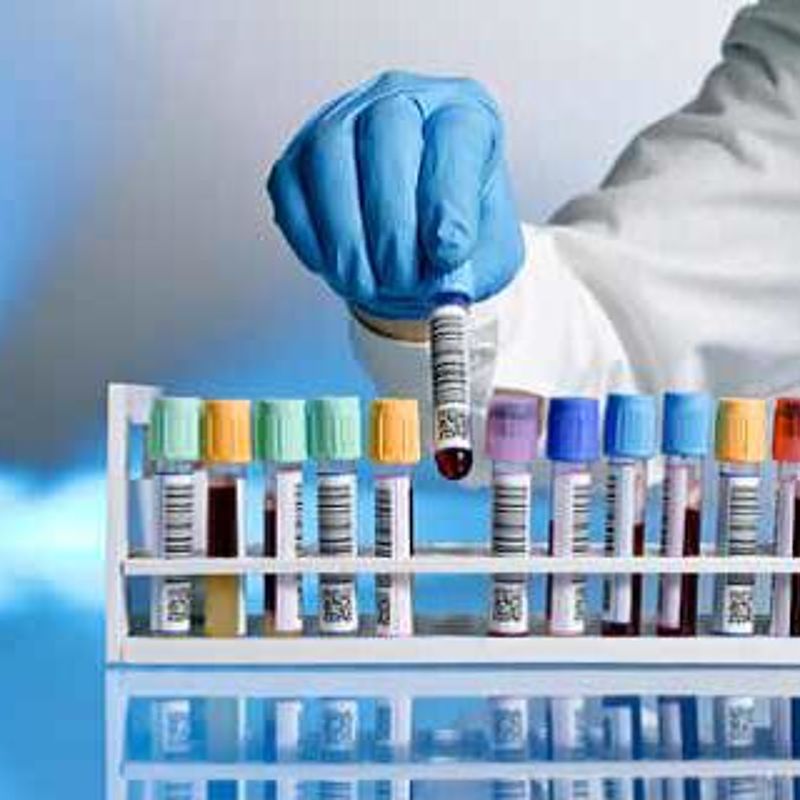
Counting particles to spot cancer
Challenge
Fragments of cells shed into the bloodstream can indicate the presence of diseases such as cancer, diabetes and heart disease. These fragments – called extracellular vesicles (EV) – are generating excitement in the medical research community as their role in spreading diseases between cells is being discovered. New diagnostic methods and drug delivery systems based on detecting and counting these small cell fragments is tantalisingly close, but requires better and standardized measurement methods to ensure reliable and consistent detection.
The challenge is that EV are nano-sized and hard to detect. A technique called flow cytometry holds potential for counting EV accurately, and is used by 70% of EV research labs. It works by passing particles through a laser and measuring how light is reflected. However greater standardisation in instrument settings and sample analysis methods are needed to increase comparability of results across the EV research community. This would increase the potential for EV counting to become a reliable technique for new diagnostic devices and drug development.
Solution
The EMRP Project, Metrological characterisation of microvesicles from body fluids as non-invasive diagnostic biomarkers researched tools and procedures for a consistent approach to laboratory EV measurements.
A number of techniques were investigated and flow cytometry was identified as having the greatest potential for accurately measuring EV, but that consistent instrument settings between laboratories are needed to ensure reliable results.
The project identified optimal ways to set up flow cytometry to measure EV particles, and developed a reference material which can be used to accurately calibrate flow cytometry instruments. For the first time, mathematical links were made between the instrument’s response to the reference material and the range of far smaller EV particles of interest to researchers. This ensures that measurements of different EV particles can all be directly linked to a well characterised reference standard.
Impact
The International Society on Thrombosis and Haemostasis (ISTH) is actively promoting research into EV and is keen for its uptake into new diagnostic devices. Aware of problems in making comparable measurements ISTH funded a comparison exercise using the projects reference material. Thirty three international laboratories participated, all receiving a reference sample containing EV and another unknown EV sample. Results demonstrated that the labs using the methods developed in the project for preparing flow cytometry instruments produced more accurate results than those that did not. This highlighted to the EV research community the need for a standardised measurement approach.
ISTH, with two other influential organisations - the International Society for Extracellular Vesicles, and the International Society for Advancement of Cytometry – have now formed a new working group to develop guidance on EV measurement practice (evflowcytometry.org). This will highlight the importance of using reference materials linked to the sizes of EV particles in the preparation of instruments for measurement. The guidance is a first step towards a future IEC standard.
Improving the robustness of EV counting is a pre-curser to developing diagnostic devices based on these small particles that indicate diseases.
- Category
- Health,
- EMRP,
